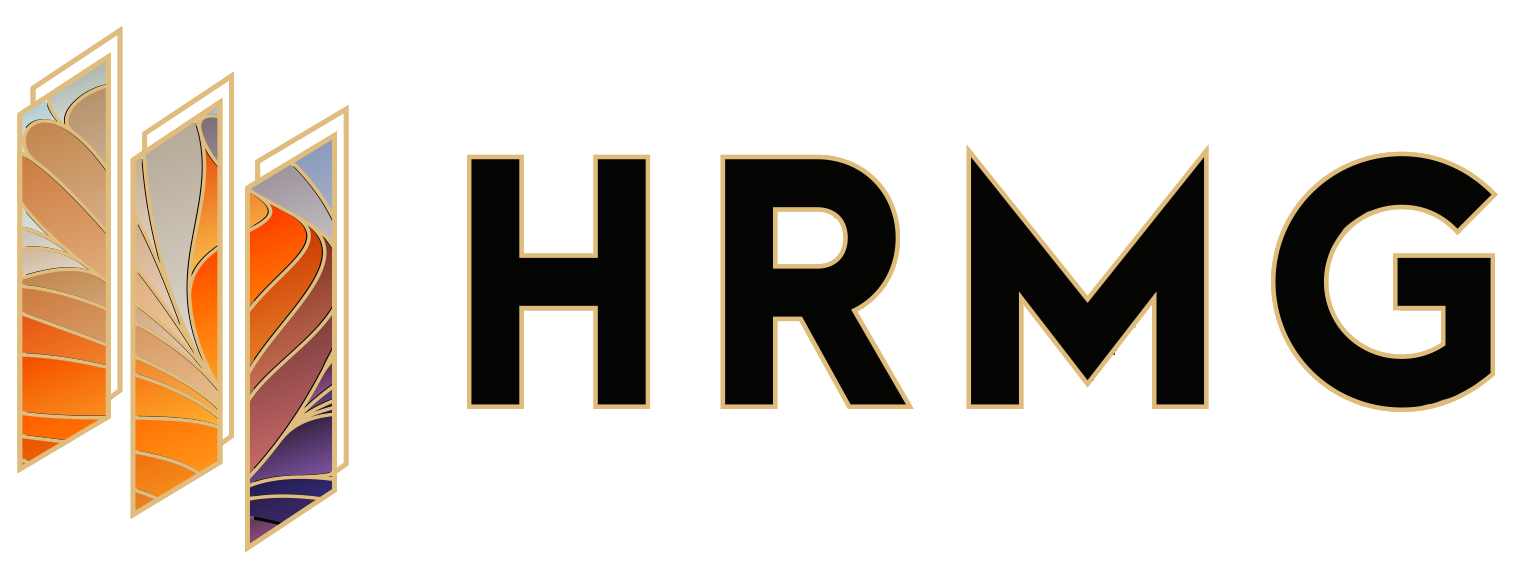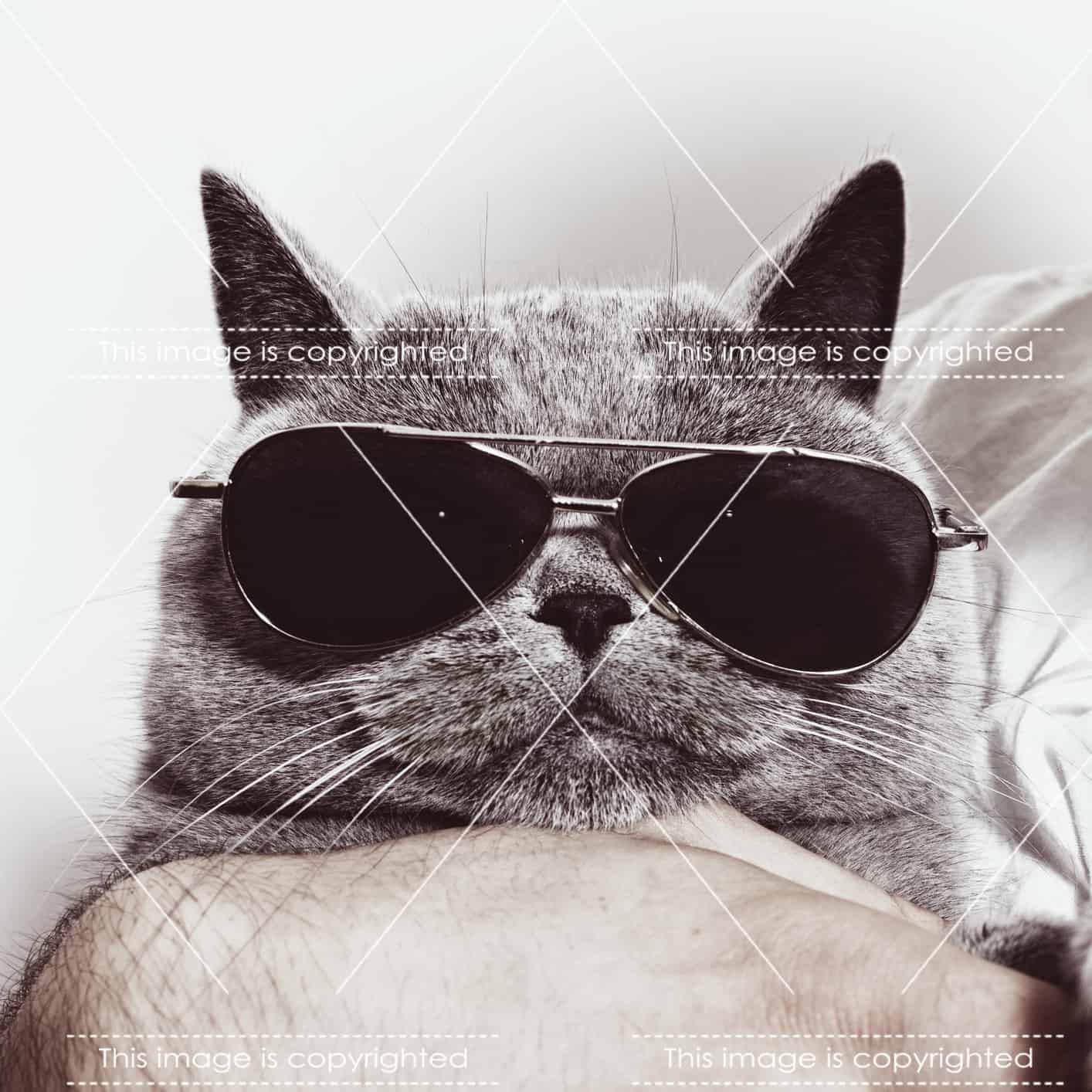Think Before You Post: The Lowdown on Avoiding Copyright Infringement when Producing Content Online
Imagine you are online browsing a random webpage when a certain image resonates with you. So you copy and paste it to use on your own blog or webpage. No harm in that, right? Everyone copies and shares content online, right? Wrong. When producing content for your business’s webpage or blog, you should always be completely sure that in doing so, you are not violating any laws by using or reproducing images that are copyright protected.
A killer image can make or break your online posts. However, as online content grows, so do the potential for copyright violations and suffering the penalties for copyright infringement is not something you want your business to be tangled up in. Let’s take a closer look at why copyright laws are in place and the three types of photo licensing options that everyone who produces content should be aware of.
‘We the People’ Should Not Copy
According to the United States Constitution Article 1, Section 8, Clause 8, Congress shall have the power to “promote the progress of science and useful arts, by securing for limited times to authors and inventors the exclusive right to their respective writings and discoveries.” What this means is that copyright laws are there to benefit society while protecting creators and having them benefit financially for their work, thus encouraging them to innovate and produce more because their livelihood is protected under federal law.
While being influenced by someone’s work isn’t illegal, stealing their intellectual property and using it without permission is. Here are three types of licensing for visual imagery that everyone should know about:
- Creative Commons (CC) – This non-profit organization simplifies licensing for artists and photographers by allowing their work to be used for free by anyone. Some of the work is not available for use commercially and all work used must be properly credited. A good place to find Creative Commons images are Flickr and CreativeCommons.org.
- Royalty Free (RF) – Images that are Royalty Free contain an (RF) in the ID number and may be purchased for a one-time fee from a stock image site and used multiple times. Pricing for RF images is based on the photo’s output and resolution, not on what the image contains as subject matter. Though the image may be used multiple times, it is highly recommended that users check the terms before each new project to know whether a Model or Property Release is required for that specific use. A great place to find reasonably priced quality images is Stocksy‘s online catalogue or iStockPhoto.com.
- Public Domain (PD) – Images that are considered public domain have been placed as such by the creators of such content and are free for anyone to use in any way without any licensing or purchasing required. A quick Google search can turn up a great directory of public domain images such as Pixabay.
However you choose to illustrate your blog or webpage, always ensure that any images used aren’t pixelated and will load quickly online. Ideally, images should be larger than 500 x 500 pixels and be between 72 dpi and 144 dpi. For print purposes, a dpi of 300 to 600 is optimal for vector images. While using stock photo sites and purchasing photos may be the easiest option, be aware that many photos on these sites can be unoriginal or clichéd, so it never hurts to take your time while selecting the perfect image for your post. It also never hurts to think outside the box and come up with new and different ways of telling your story visually. You’ll never have to worry about copyright issues and readers will love your site even more for its creativity.







